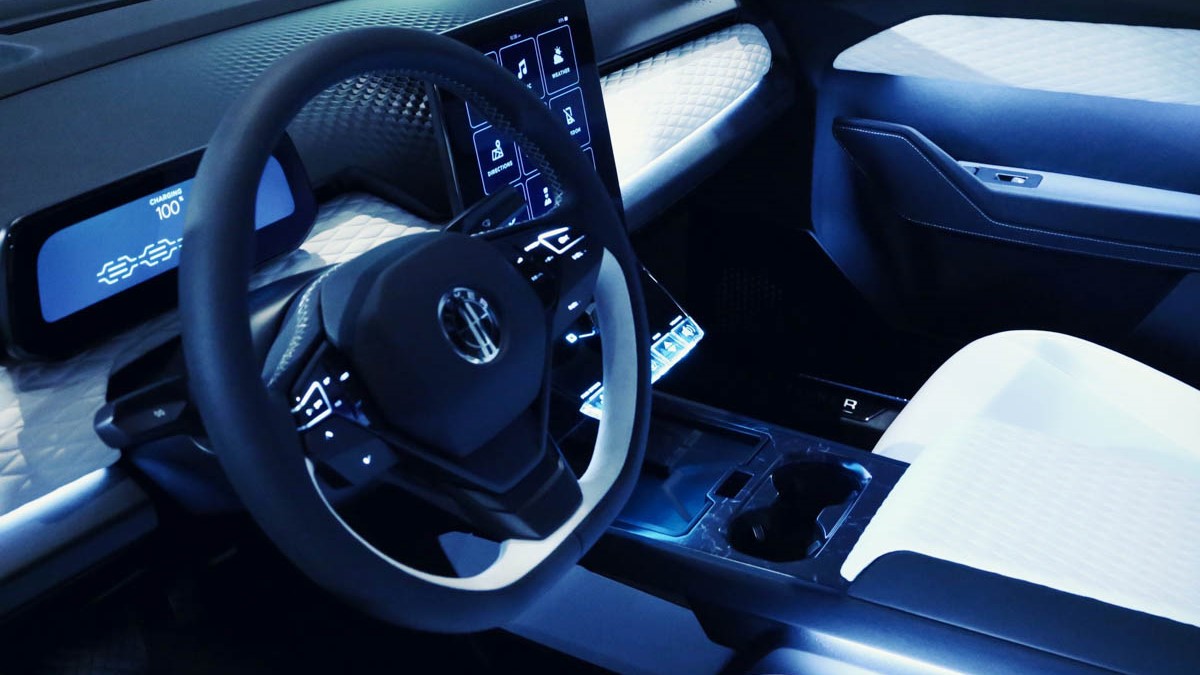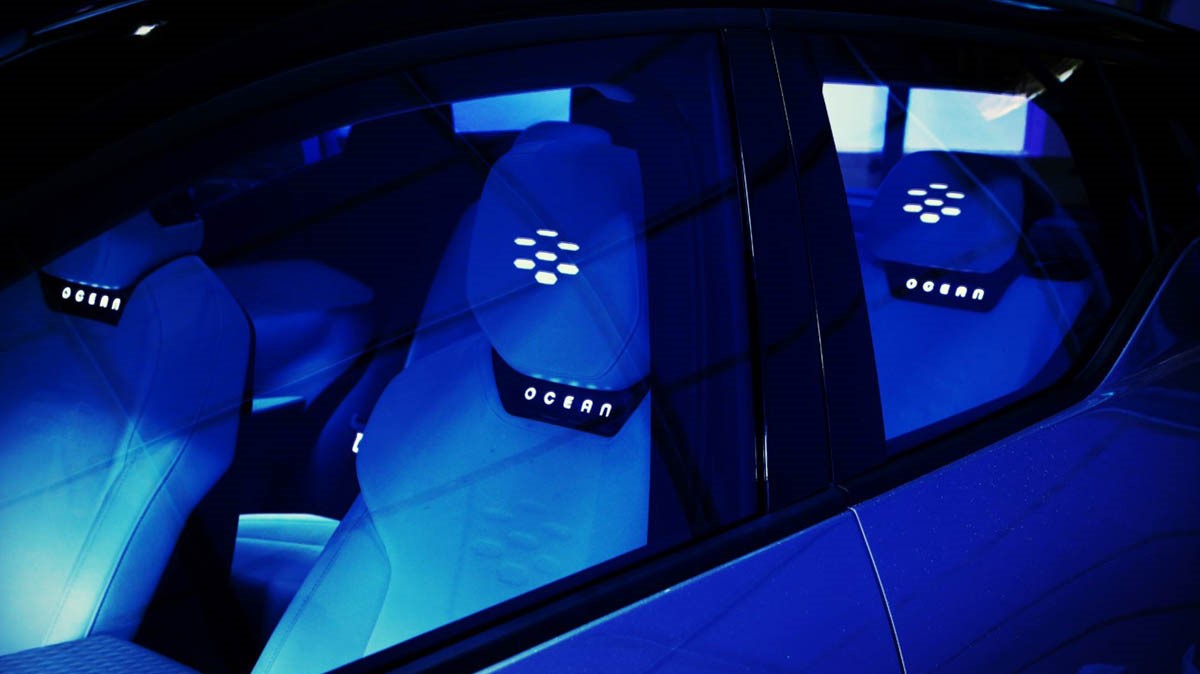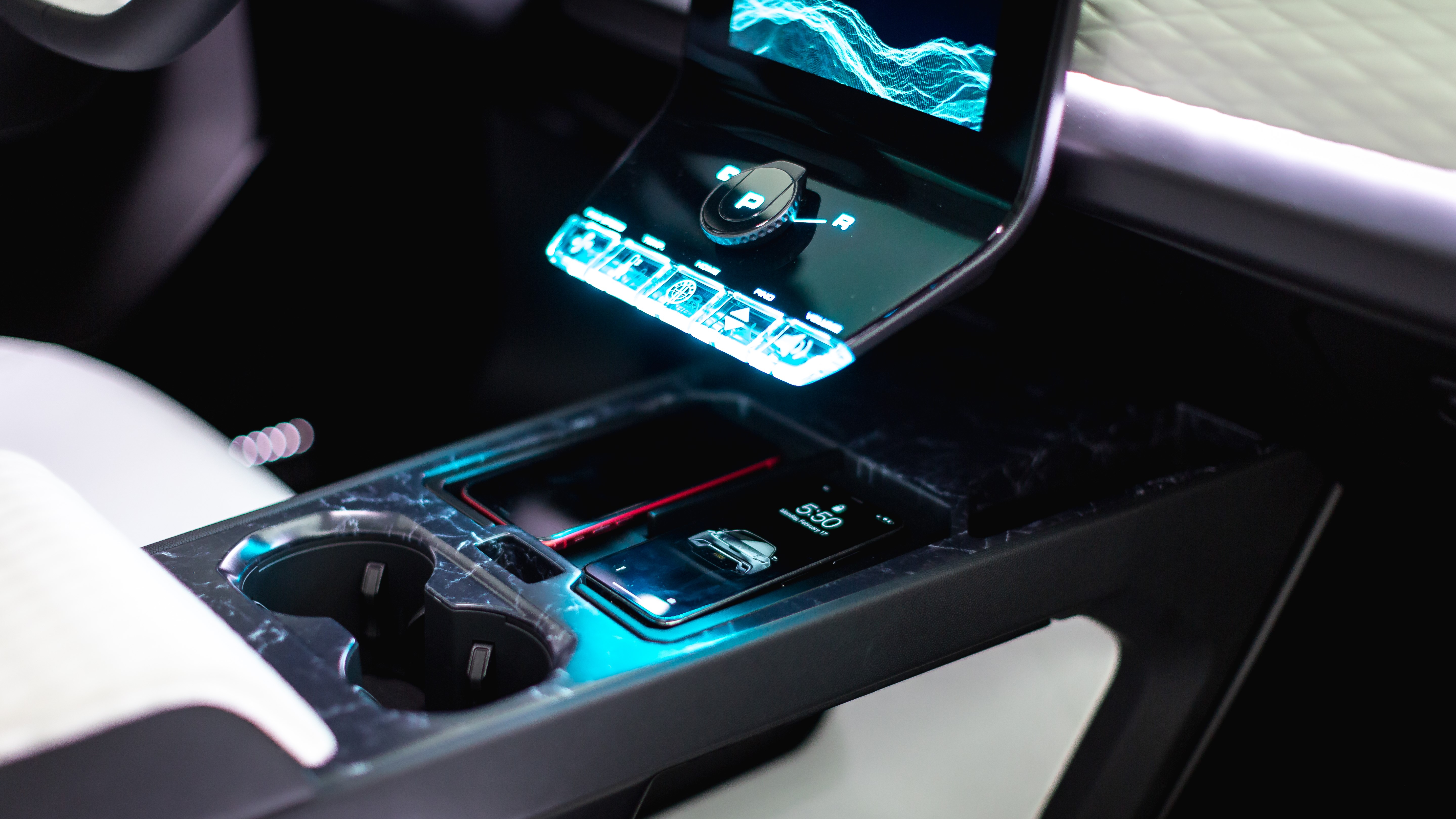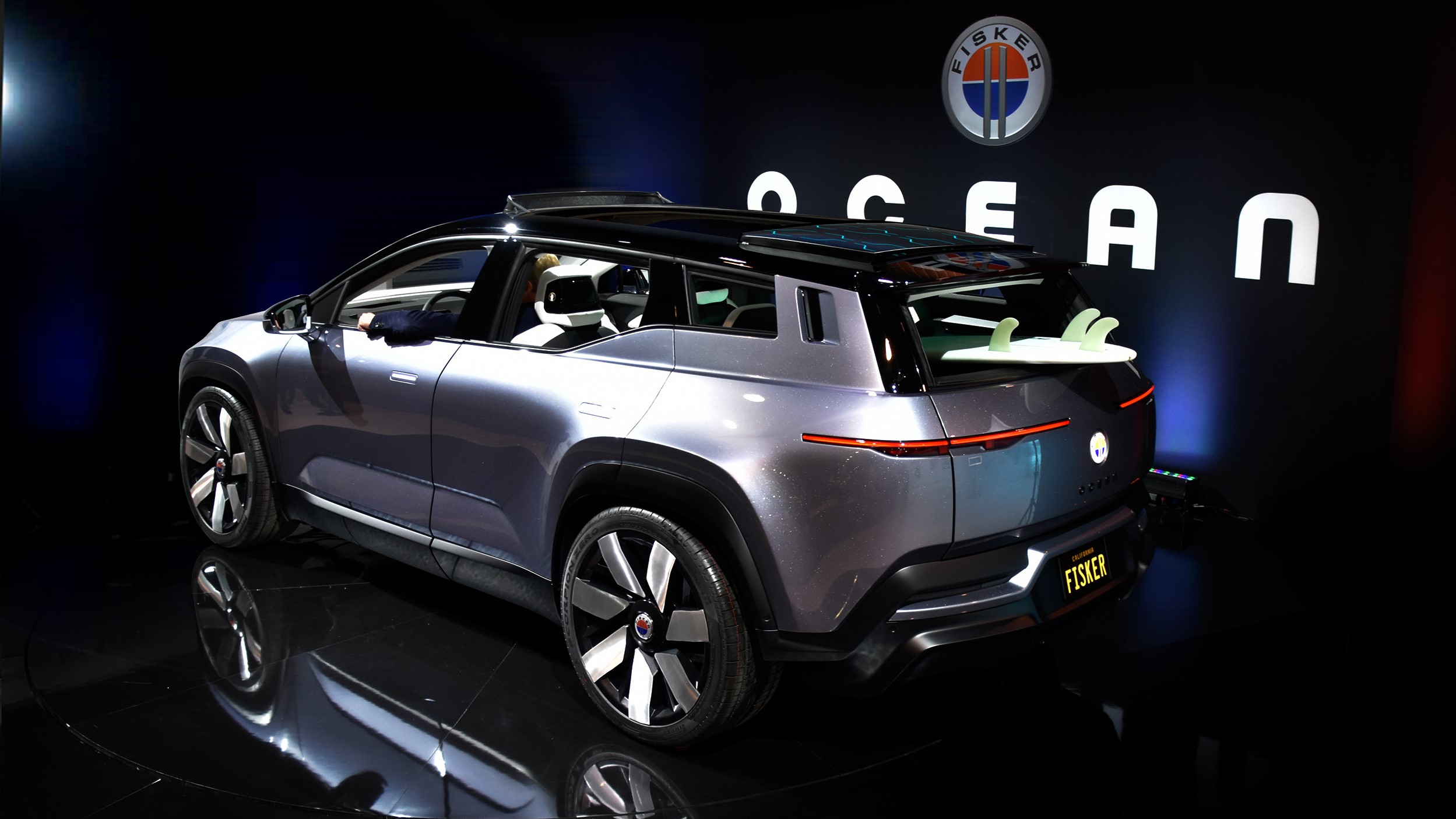The Fisker Ocean has a solar roof that provides 1,000 miles of future-proof power
The future's bright

No one quite knows what the future holds. In light of the coronavirus outbreak, climate change, and fears about stock market plunges and economic downturns, there are serious questions about the power grid, whether gas prices can remain stable, and the global economy.
I happen to think many of these claims are overblown. The flu season – both the common flu and a serious contagion like coronavirus – tends to dissipate around March and April as people start breathing fresh air and opening up their windows. Markets tend to stabilize over time, even if the current dips seem shocking and unpredictable.

In terms of automotive technology, all signs point to new innovations that will help us break free from the economic cycles that we’ve known for decades. While the threats are real and should be taken seriously, there is also a view that innovative new technologies can at least help mitigate against what is happening in global economies and with fuel prices.
One recent example of this is the upcoming Fisker Ocean all-electric luxury sport-utility vehicle. A brilliantly-styled and sporty full-sized transport, the Ocean lasts about 300 miles on a charge – which is quite impressive considering you can pack in the entire family.

What impressed me most about the vehicle has to do with the roof. Fisker recently announced that the solar roof is capable of generating about 1,000 extra miles per year, all without having to connect to any power source other than the sun. While a few companies like Toyota have experimented with solar charging using the roof, it’s been underwhelming. Their efforts were only capable of providing a little extra cooling and isn’t related to adding range.
With the Ocean, the solar roof extends from the front all the way to the back (instead of only a small section for solar cells). And, it directly provides power to the electric motor. It’s true that 1,000 miles added per year only adds 83 miles per month, but it’s still impressive – from my calculations, it means adding perhaps 10-15 miles per charge. (This depends on how often you charge, how you drive, and the total range you obtain from the battery.)
Cleaner miles
I can only imagine how this might work in the future. The Fisker Ocean uses recycled materials and is one of the most environmentally-friendly vehicles around – it debuted recently and there is now video footage that shows the car on the open road.
Sign up for breaking news, reviews, opinion, top tech deals, and more.
My eyes caught a glimpse of the solar roof as well, which is optional on the Ocean (how much it adds to the cost is not clear). As you drive, the solar panels collect energy that is relayed to the battery.

Modern cars have been dependent on fossil fuels for decades. When you do purchase an electric car, there’s still a trade-off because your EV charger at home or at a public place still has to generate the power somehow. With solar, the energy collection is slow, but at least there is some carbon offset. When you collect energy from the solar roof, there is a more 'pure' transfer of power, not just an offset in how the power is collected and distributed.
That’s the real future of driving -- being able to collect energy and use it on the vehicle you’re driving simultaneously. Fisker has also claimed that hardware will evolve over time, stating in the car’s press release: “As the technology evolves, Fisker will feature integrated hardware solutions for better energy yields and more free, clean miles per year.” We can’t wait.

On The Road is TechRadar's regular look at the futuristic tech in today's hottest cars. John Brandon, a journalist who's been writing about cars for 12 years, puts a new car and its cutting-edge tech through the paces every week. One goal: To find out which new technologies will lead us to fully self-driving cars.

John Brandon has covered gadgets and cars for the past 12 years having published over 12,000 articles and tested nearly 8,000 products. He's nothing if not prolific. Before starting his writing career, he led an Information Design practice at a large consumer electronics retailer in the US. His hobbies include deep sea exploration, complaining about the weather, and engineering a vast multiverse conspiracy.